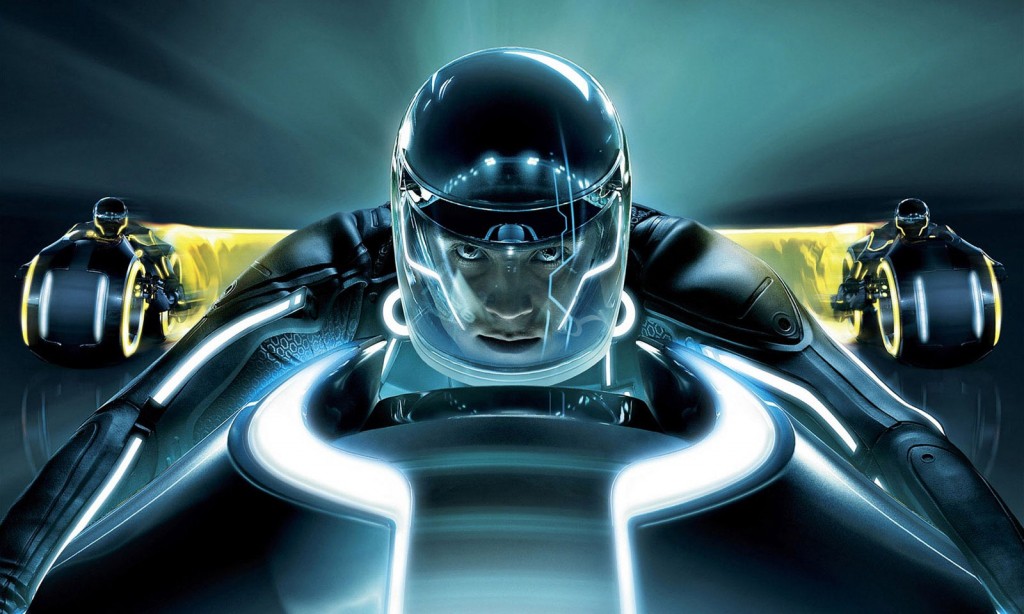Reviews
Movie Review: Tron Legacy

Tron: Legacy
Dir. Joseph Kosinski
Release Date: Dec 17, 10
- 1
- 2
- 3
- 4
- 5
- 6
- 7
- 8
- 9
- 10
Let’s face facts: 1982s Tron, with its nostalgic value set aside, was not a very good film. Aside from the game-changing visuals, it was a tangle of incoherent techno-gibberish and some very 80s soft-focus camerawork. On top of this, the film has become more of a cult item (albeit a well-known one), a perfect cross-section of late-retro kitsch and somewhat aged ideas about technology, wrapped in a vague message about the hazards of overdevelopment. To develop a $200 million sequel, nearly 30 years after the original, has been a gamble (to say the least) on Disney’s part.
The amazing thing, then, about Tron: Legacy is how seldom it missteps. That said, like Avatar, last year’s high-profile CGI extravaganza, the film is an effects reel first and a movie second. Also like that earlier film, Tron’s weakest point by far is its script. The logic isn’t so much the problem; a lot about the Grid and its programming makes no sense upon even a bit of reflection, but this is a movie that implies with it the need for suspended disbelief.
However, this installment far surpasses its predecessor in finding the right balance between necessary exposition and action sequences. Twenty years ago, Kevin Flynn (Jeff Bridges) disappeared, leaving his son Sam (Garrett Hedlund) to grow into a very rich, very apathetic 20-year-old who refuses to take over his father’s company Encom, content instead to commit minor acts of cyber-terrorism against them. One night, a page comes from Flynn’s arcade, summoning Sam. Sam ends up trapped inside the Grid before long, finding his father and the warrior Quorra (Olivia Wilde) trapped in hiding from CLU (Bridges, in an incredible bit of CGI), his avatar who took his command to build the perfect system far too seriously.
The film is an absolute visual feast, the sort of film which uses effects not to hide its weaknesses (though that’s a nice byproduct here) but to fully immerse an audience in a fake world, a film which demands that it is seen in a theater with a proper sound system. For everybody who only saw the original film recently, and fantasized about how amazing lightcycle races and disk fights could be with a technological update, wonder no more. The action sequences are spellbinding, and it’s actually this which both enhances and handicaps the film.
Though it’s a spectacle to behold, the film drags whenever things get uneventful, and both version of Jeff Bridges are left to talk about Isos and rampaging code. The trouble with a film like Tron is that it has to provide fan service and mainstream appeal simultaneously. There’s enough pomp and circumstance to make the plot convolutions worthwhile, though, and to begin with the plot is not as hard to stay with as you may have heard. The use of CG to reanimate Bridges in his mid-20s form is incredible, as he’s a major character, and very rarely falls victim to the “uncanny valley”; the only time this really pops up is in an early scene where he tells Sam a bedtime story, as he looks more than a bit waxy. Inside the Grid, he fits in perfectly.
The film’s central thesis hits home far better than it did in the early 80s, because where the first Tron was merely hypothesizing about a future where computers would become sentient and raise hell, it’s now happening, and so Legacy takes on new resonance. Where Flynn wants to lie down and avoid progress for the rest of his days, CLU wants an ultimate immersion between man and machine until the two are indistinguishable. Buried beneath all the pretty lights is a film about the need for a happy medium, a surprisingly prescient movie about compromise and the need to stay connected to humanity as technology moves forth at a rapid clip. Not a bad trick, that.